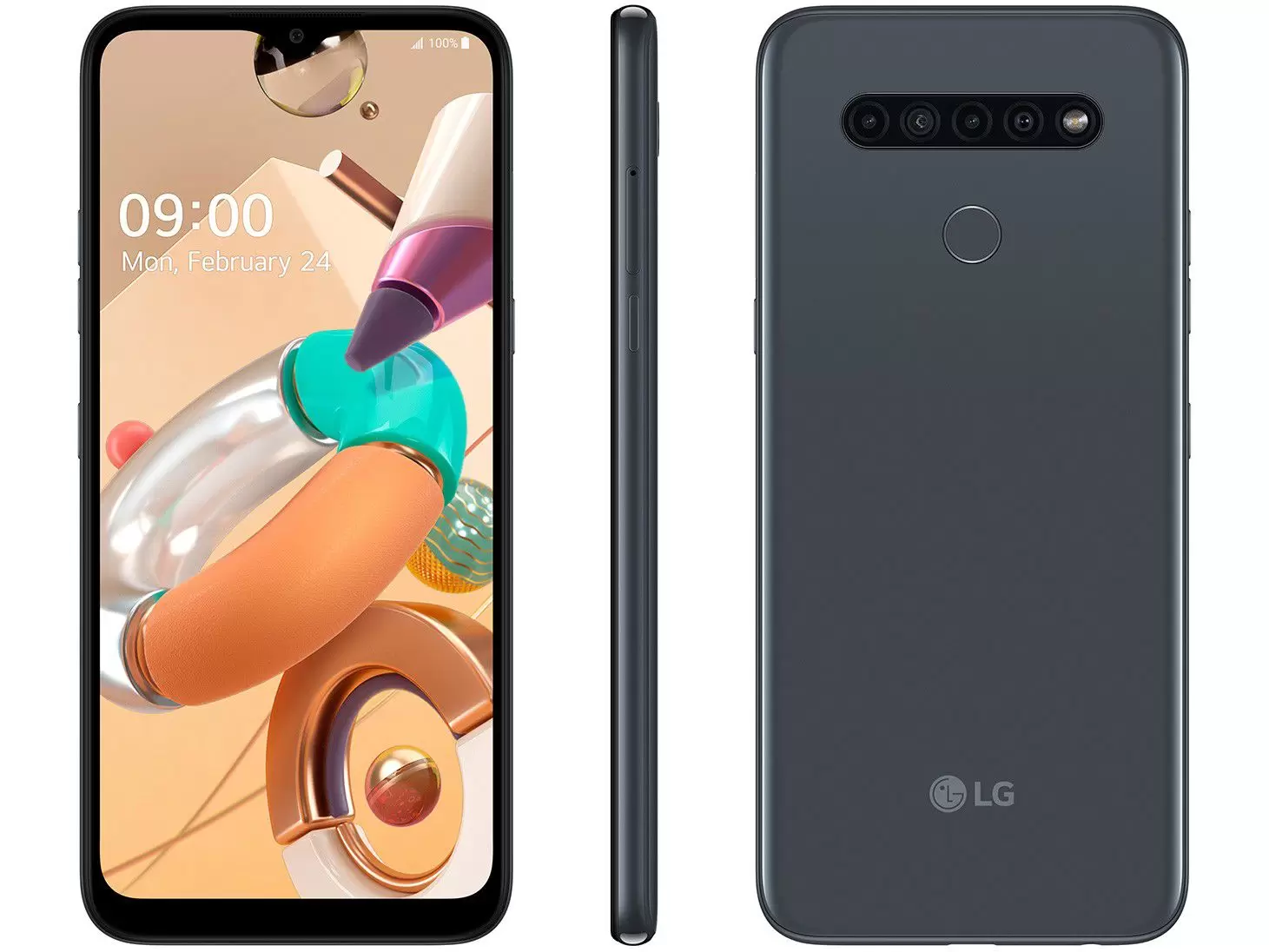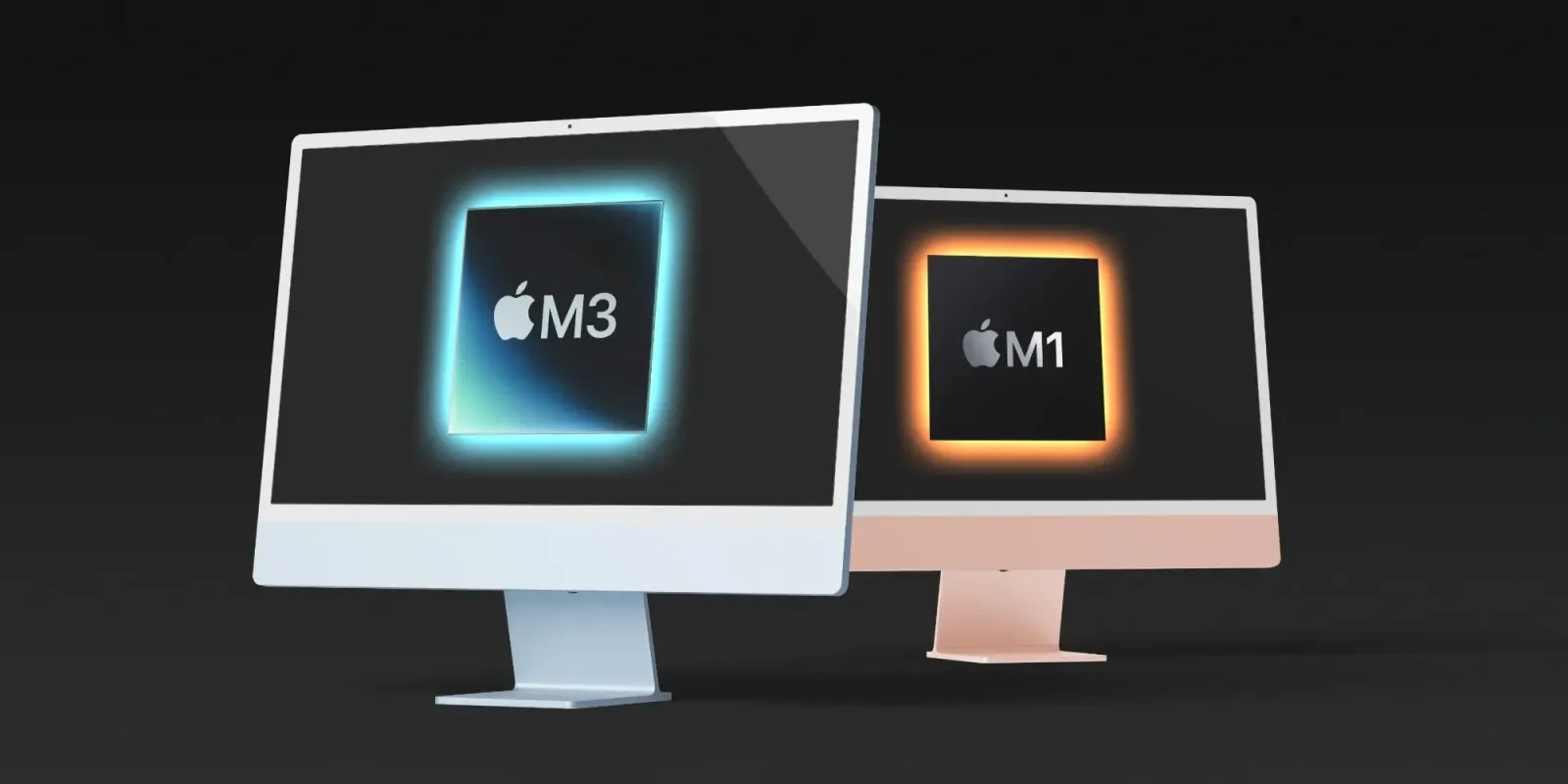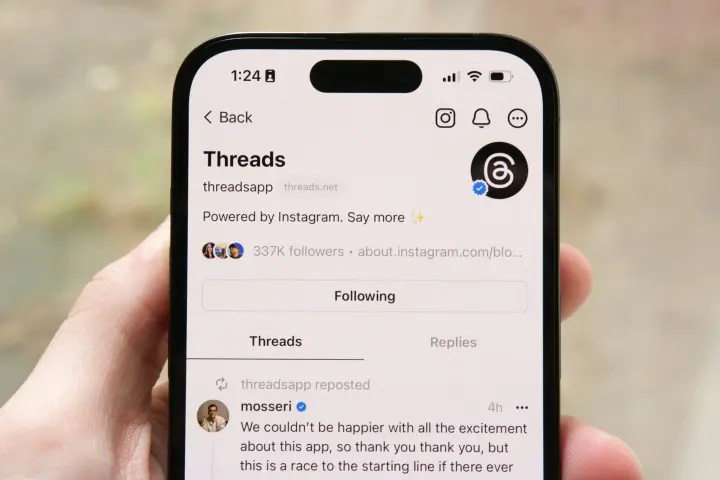Although foldable displays have been making headway in the smartphone market, a related technology known as stretchable displays is also gradually emerging.
According to GSM Arena, LG Display has demonstrated a 12" panel that can be stretched to 14" and released back to 12" without damaging it.
This type of bendy, stretchy display can be used in clothing and furniture as it can easily conform to complex shapes and the ability to stretch will make it more comfortable to wear. LG Display foresees uses in various industries including "fashion, wearables, mobility and gaming". It can even find a place in the automobile and aircraft industry as well.
As far as prototype panels go this display seems pretty high quality. At 100ppi it has pixel density similar to that of a 40" 4K TV. And it has full-color RGB capabilities, reported GSM Arena.
The display is built on a special silicon substrate that is also used for contact lenses. It features micro-LEDs that are connected via S-shaped springs instead of straight wires so that they can stretch 20 per cent without breaking.
As per GSM Arena, last year, a company named Royole had showcased a stretchable display demo panel that was 2.7" and had 96 x 60px resolution. Before that in 2017 Samsung demoed a stretchable display, though that one was mostly able to survive deformation rather than stretch to a new size.
Qualcomm's ARM-based 12-core
desktop CPU coming in 2024
Since last year, Qualcomm has been producing PC chipsets, but its efforts have been rather modest, with the majority of them recycling designs from its phone products.
According to GSM Arena, now a reliable source has claimed that the company is about to finally take the project seriously and deliver a beastly desktop CPU. The report claims it will be unveiled in 2024 and it's codenamed 'Hamoa', which would be helpful in tracking future leaks about the chip.
The Hamoa chip will house 12 CPU cores in an 8+4 configuration. The big cluster consists of eight performance cores, while the cluster of four is made of energy-efficient cores. The chip will support discrete GPUs as well, reported GSM Arena.
The Phoenix core architecture from Nuvia, created by former Apple employees who worked on the company's existing ARM-based Apple CPUs, is reportedly what Qualcomm would adopt.
Qualcomm acquired the Nuvia start-up some time ago so it's no surprise that the company will make use of the new architecture, which in turn promised a 50 to 100 per cent performance increase in a 5-watt per core limit. That's of course based on respective numbers from back in 2020.
Either way, the report suggests that the performance is "extremely promising" so might finally be a proper ARM-based Windows experience in the next couple of years, as per GSM Arena.
Post Views: 682

























